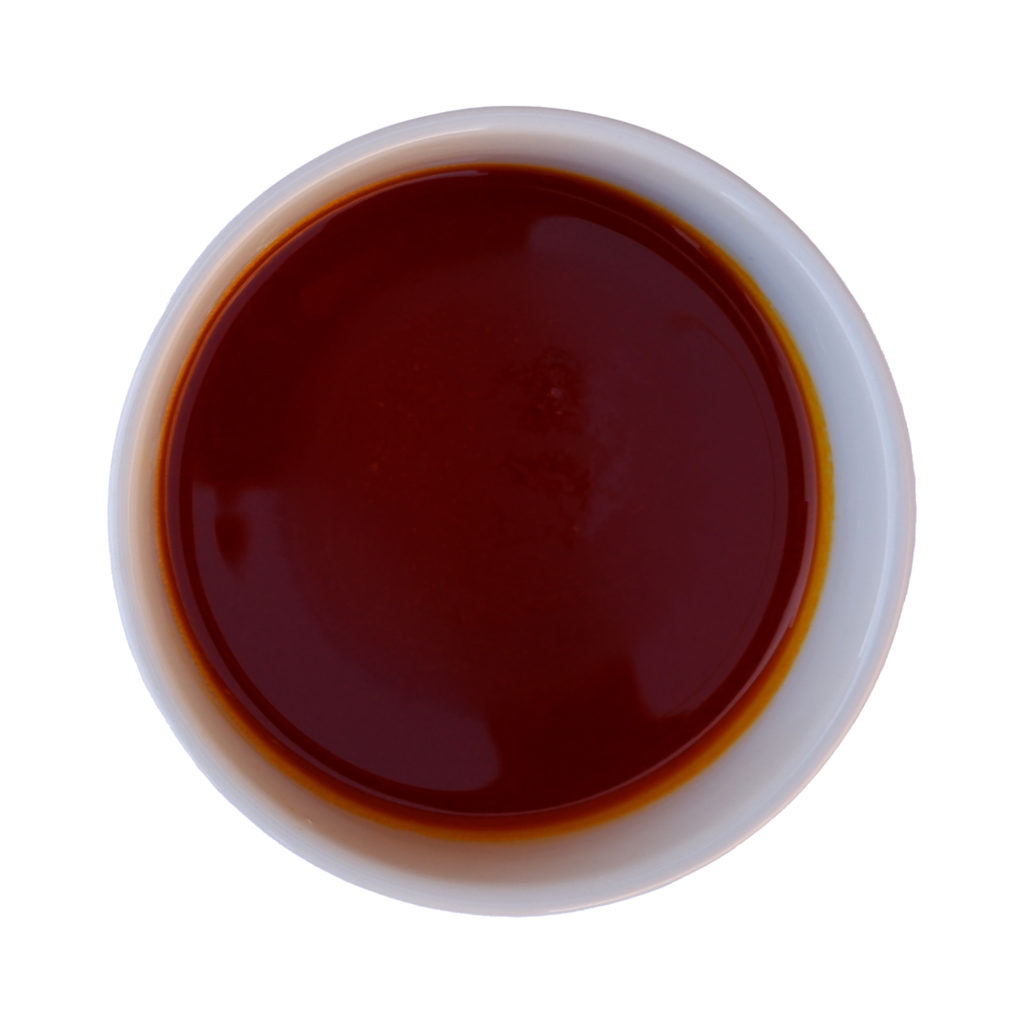
Palm oil contains a high proportion of saturated fatty acids, which tend to solidify at cooler temperatures. This process is known as crystallization, and it causes the palm oil to become more solid or semi-solid when the temperature drops.
Does crystallization affect its quality?
The solidification of palm oil at cooler temperatures is a natural process and does not affect its quality. In fact, the solidification of palm oil can be beneficial in certain applications, such as in the production of margarine or shortening, where a solid fat is required. However, if the palm oil is exposed to repeated cycles of heating and cooling, it can develop a grainy texture and a rancid flavor, which can negatively affect its quality.
Crystallization temperature
The temperature at which palm oil crystallizes depends on various factors, such as the type of palm oil, its composition, and processing conditions. Generally, palm oil starts to crystallize and solidify at temperatures below 20°C (68°F). However, the specific temperature at which crystallization occurs can vary, with some types of palm oil solidifying at temperatures as high as 30°C (86°F).
State of palm oil at room temperature
At room temperature, which is typically around 20-25°C (68-77°F), palm oil is typically in a liquid or semi-liquid state. The higher the proportion of saturated fatty acids in the palm oil, the more likely it is to solidify or become semi-solid at room temperature.
If the palm oil has been previously heated or melted and then cooled to room temperature, it may start to solidify and form crystals, particularly if it has been exposed to repeated cycles of heating and cooling. However, these crystals can usually be melted again by gently heating the oil.
It’s worth noting that the properties of palm oil can vary depending on the specific type of palm oil and its processing conditions, and the temperature and other environmental conditions can also affect its consistency and texture.
Proper storage of palm oil
Proper storage is important to maintain the quality and freshness of palm oil. Here are some tips for storing palm oil:
- Store in a cool, dark place: Palm oil should be stored in a cool, dark place, away from direct sunlight and sources of heat, as exposure to light and heat can cause it to deteriorate and become rancid.
- Keep in a tightly sealed container: Palm oil should be stored in a tightly sealed container to prevent air and moisture from getting in, which can also cause it to spoil.
- Avoid exposure to air: Exposure to air can cause palm oil to oxidize, which can result in off-flavors and a shorter shelf life. To prevent this, the container should be filled to the top, and any remaining air should be squeezed out before sealing.
- Use a clean, dry spoon: To prevent contamination and moisture from getting into the container, use a clean, dry spoon to scoop out palm oil, and avoid using your fingers or a damp utensil.
- Follow the expiration date: Palm oil has a relatively long shelf life, but it does have an expiration date. Be sure to check the label and use the oil before the expiration date to ensure freshness and quality.
By following these tips, palm oil can be stored for several months to a year or more, depending on the type of oil and storage conditions.
Mbariket processes and exports crude palm oil (CPO) processed at our homestead village in Akwa Ibom State Nigeria. Talk to us. Follow us on LinkedIn. Explore our brands.
